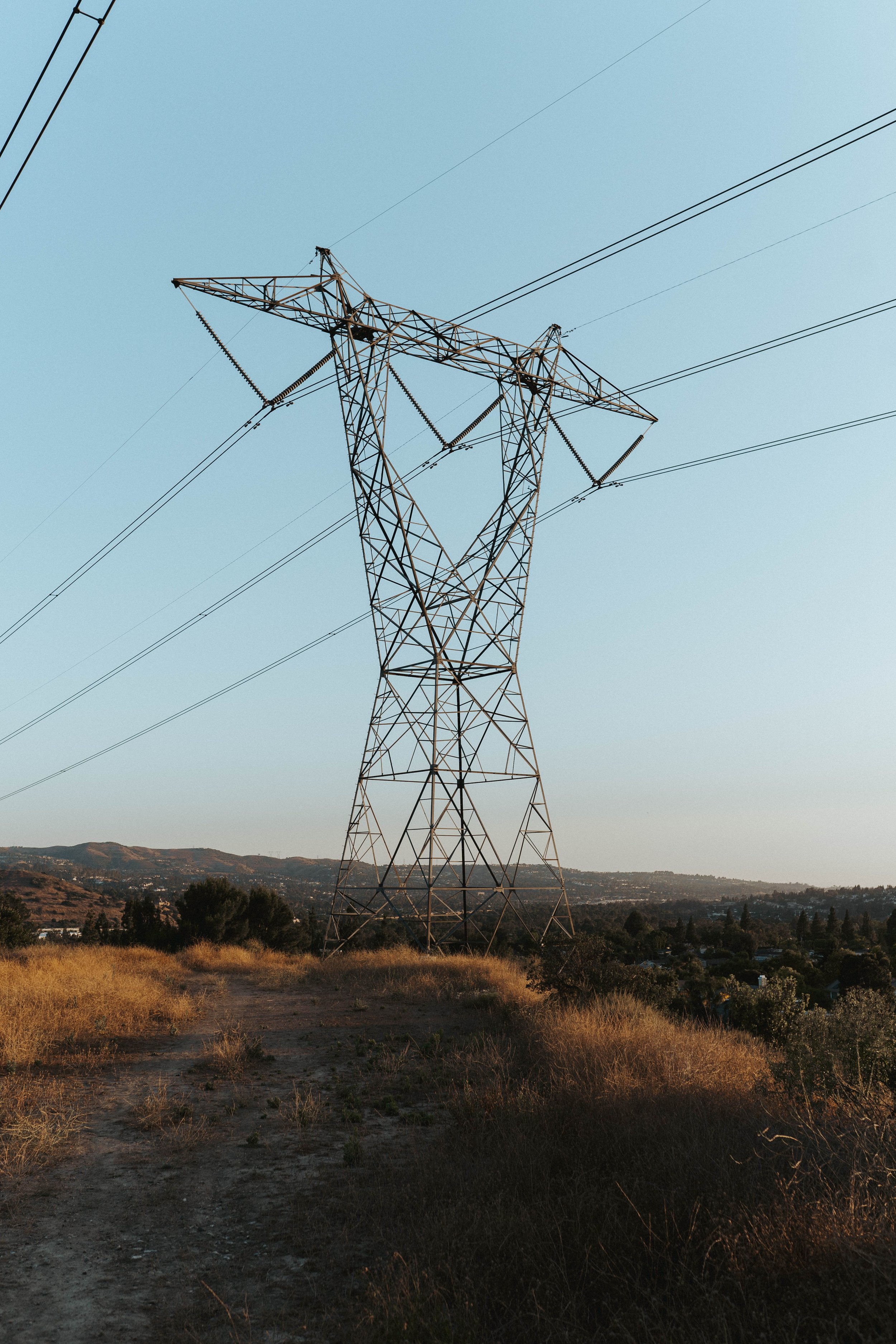
Why we invested in Probus Smart Things
August 18th, 2021 - The Indian power sector is undergoing significant changes as economic growth continues to drive electricity demand in India, The Government of India (GoI)’s focus on attaining ‘Power for All’ has accelerated the reach of the electric grid’s network to all end-customer homes in India. However, there are numerous issues which remain with the quality of transmission, the heavy frequency of power outages, and the outdated infrastructure in the distribution network which is often heavy, manual and subject to breakdown. There is 48% chance of these decentralized assets failing; 22% energy losses at multiple junctions and 16% of these decentralized points have no visibility of manpower performance, leading to large losses of $14m annually.
The Growing Need for Smart Meters
The most important metric for utility companies is Aggregate Technical, Commercial, and Collections (ATC&C) Losses. This is the measurement of the difference between how much power a utility company (discom) is purchasing, versus how much it is selling.
It has taken India a period of 9 years to reduce ATC&C losses from 31% in 2005 to 22% in 2014, and even in 2021, the loss rate remains at an average of 22%. While privately owned discoms operate at a much lower loss of 7% per year, the state-owned discoms in states such as Madhya Pradesh, Jammu & Kashmir, Uttar Pradesh, Bihar & parts of the North-East, still operate at above 35% losses per year. The states with losses lower than 15% per year include Delhi NCR, Maharashtra, Gujarat, Kerala and Tamil Nadu.
Due to the need for discoms to reduce commercial losses, there is a large requirement for smart meters to be installed across the power network, because the more points that are metered, the greater the transparency on spotting of leakages, detection of meter tampering, halting the practice of users bypassing the meter, and taking immediate steps to cut off the power access in an event of detection of electricity theft. This solution would also help to decrease collection losses, as smart meters can also measure accurate billing, manage load and revenues through time of use tariffs.
In 2020, the Ministry of Power announced that it was planning to replace 250 million conventional, manual electricity metres with smart meters by 2024 in Indian homes under the Smart Meter National programme. Although it will remain to be seen how long the roll-out will take as manual installation at each customer home will be time-intensive, the key factors of success will be i) cost; and ii) functionality. Smart meters are priced higher than mechanical spin, prepaid or electric meters, and therefore GoI budgeting will need to be provided to allow for this investment. In countries such as Denmark, smart meters are already ubiquitous and meter integration is advanced, but in many other developed countries such as South Africa, conventional meters are still widely in place due to low speed of installations.
Integrating Smart Meters with Renewable Assets
The existing electric grid is being stretched to its capacity with the ever-increasing demand for power and proliferation of distributed assets. Moving forward, we would need a new kind of electric grid which can automate and manage renewable assets being integrated into the grid. A smart grid makes it possible to integrate renewables with a wide range of diverse electricity resources. If a solar PV system and industrial electricity consumers are integrated through smart grid communication technology, and the solar PV system switches off due to weather interruptions, the smart grid can automatically switch to the non-renewable source.
New-build solar and wind farms are becoming lower in cost to operate than some existing coal-fired stations in India. Power from renewable plants is being procured at fixed nominal tariffs for 25 years, and the coal power tariff has increased each year due to higher energy charges (such as landed fuel costs) of the generating stations.
The leap from smart meters to smart cities requires a multi-layered approach that begins with the incorporation of smart water and smart gas meters together with electricity meters. This will in turn supported by a hybrid wired and wireless communication infrastructure that allows for various communication networks such as TCP-IP for wired fibre optic networks, radio frequency, narrowband-IoT and 3G-4G.
Probus’ Radio Frequency Communications Technology
With this larger evolving opportunity, there will also be a greater need for companies such as Probus to play a role in serving the following groups:
Utility companies (discoms) who are looking to integrate more renewable assets into their distribution infrastructure; and
Meter manufacturers who require a communications layer between smart maters and solar powered assets utilized by individual customers.
Through patented, radio frequency (RF) data communications technology, Probus installs sensor devices into feeders, ring main units and transformers (low voltage power assets) in distribution sub-station infrastructure, within existing or retrofitted smart meters, and in solar panels as string monitors. The hardware uses IoT automation of low voltage power assets to monitor temperature and load of the asset, among others. These metrics allow the discoms to improve their efficiency and assess the technical and commercial losses that occur in the transmission system, to solve the issues of lack of automation and outdated technology across the value chain, and create a reliable, cost-effective integration of both smart meters and renewable assets into the grid.
Theia Ventures is proud to join Probus Smart Things’ $0.5M bridge round led by Unicorn India Ventures with participation from strategic angels, to facilitate the transition to a stable, transparent and green structure of the electricity grid.
